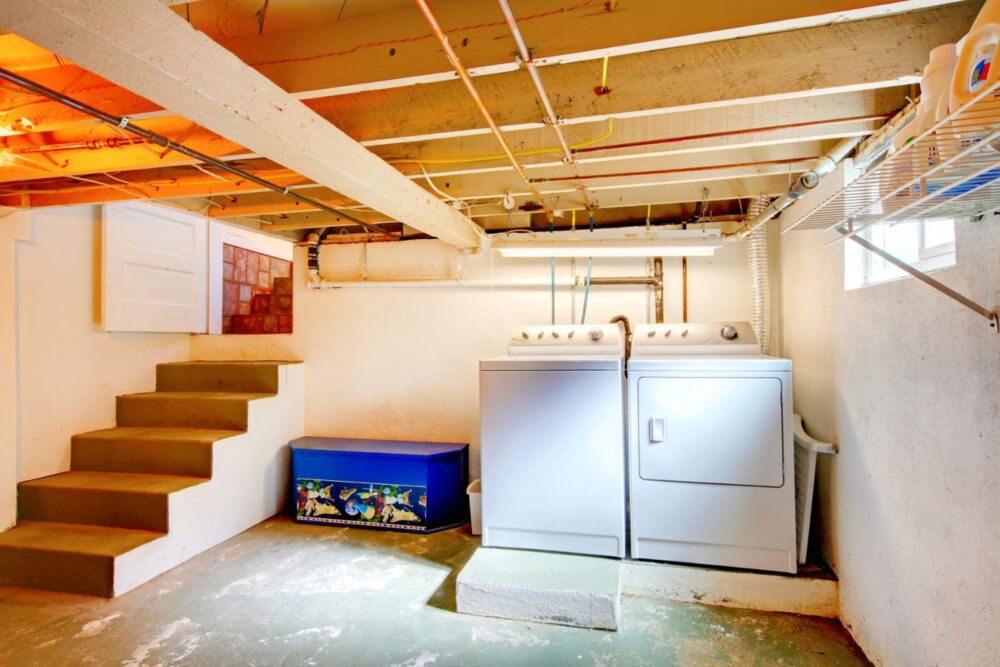AD | Collaborative post
Draining a basement can be a daunting task, especially when dealing with flooding or water damage. Whether it’s due to heavy rains, plumbing issues, or a burst pipe, knowing how to efficiently and safely drain your basement is crucial. This article will guide you through the process, including the use of essential equipment like a sewage pumping station and a dirty water pump.
Step-by-Step Guide to Draining Your Basement
1. Assess the Situation
Before you start draining your basement, it’s important to understand the extent of the flooding. Check the water level and identify the source of the water intrusion. If the flooding is due to heavy rains or a burst pipe, ensure that the weather has cleared or the water supply is turned off.
2. Ensure Safety First
Safety is paramount when dealing with a flooded basement. Here are a few safety tips:
- Turn off the electricity: Water and electricity are a dangerous combination. Switch off the power supply to the basement to avoid electrical hazards.
- Wear protective gear: Equip yourself with waterproof boots, gloves, and a mask to protect against contaminants in the water.
3. Prepare the Equipment
To efficiently drain your basement, you’ll need the following equipment:
- Dirty water pump: This type of pump is designed to handle water with debris, making it ideal for basement flooding.
- Sewage pumping station: For severe flooding with contaminated water, a sewage pumping station can effectively remove the water and prevent backflow.
4. Pumping Out the Water
Using a Dirty Water Pump:
- Set up the pump: Place the dirty water pump at the lowest point of the basement where the water has accumulated the most.
- Connect the hose: Attach a discharge hose to the pump and lead it to an appropriate drainage area outside your home.
- Start pumping: Turn on the pump and monitor its progress. Ensure the hose remains in place and the water is being discharged properly.
Using a Sewage Pumping Station:
- Install the station: Position the sewage pumping station near the area with the highest water level.
- Connect to a power source: Ensure the station is securely connected to an electricity supply.
- Attach the discharge pipe: Lead the discharge pipe to a suitable drainage location, such as a sewer system.
- Activate the station: Turn on the sewage pumping station and let it operate until the basement is dry.
5. Clean and Disinfect
Once the majority of the water has been pumped out, it’s essential to clean and disinfect the basement to prevent mold and mildew growth. Use a mixture of bleach and water to scrub the floors and walls. Remove any debris and dispose of it safely.
6. Prevent Future Flooding
To avoid future basement flooding, consider implementing the following preventive measures:
- Install a sump pump: A sump pump can automatically remove water that accumulates in your basement.
- Improve drainage: Ensure your home’s gutters and downspouts are clear and direct water away from the foundation.
- Waterproofing: Seal cracks in the basement walls and floors to prevent water ingress.
Conclusion
Draining a basement can be challenging, but with the right tools and procedures, it can be managed effectively. A dirty water pump and a sewage pumping station are essential for dealing with significant flooding, ensuring that your basement is drained quickly and safely. Remember to prioritize safety, thoroughly clean and disinfect the area, and take preventive measures to safeguard your basement from future flooding.

